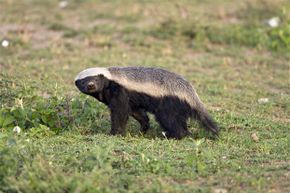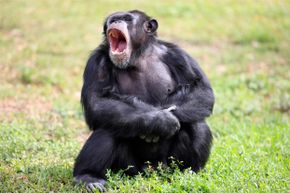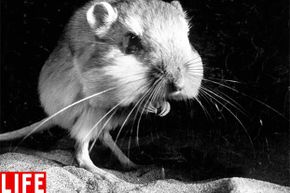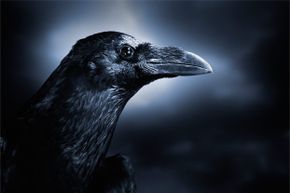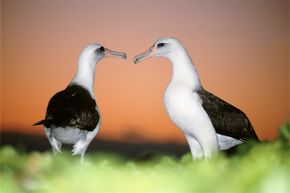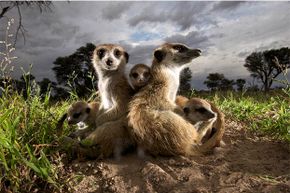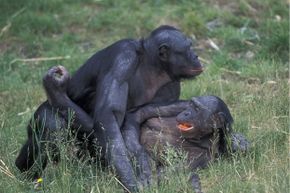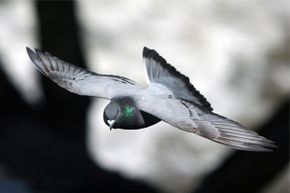We all know a nasty cat, a happy-go-lucky dog and a brave fish that perseveres through a long journey to find his son. (OK, one is a Disney movie, but the idea stands.) While a lot of cultures don't anthropomorphize animals into pets, it's easy for some of us to assume that many nonhumans relate to us. And it turns out those who see animals as more than just instinct and action might be on to something.
In this article, we'll explore how our animal friends (and enemies) engage in behavior that might surprise us humans. From a sense of humor to a general bent toward putting off undesirable tasks, animals have shown a propensity for actions that superficially seem more suited to your next-door neighbor than the alley cat.
Advertisement
Let's start with an example of behavior that doesn't only surprise us in animals, but just might indicate that we humans aren't as bad as we think.
